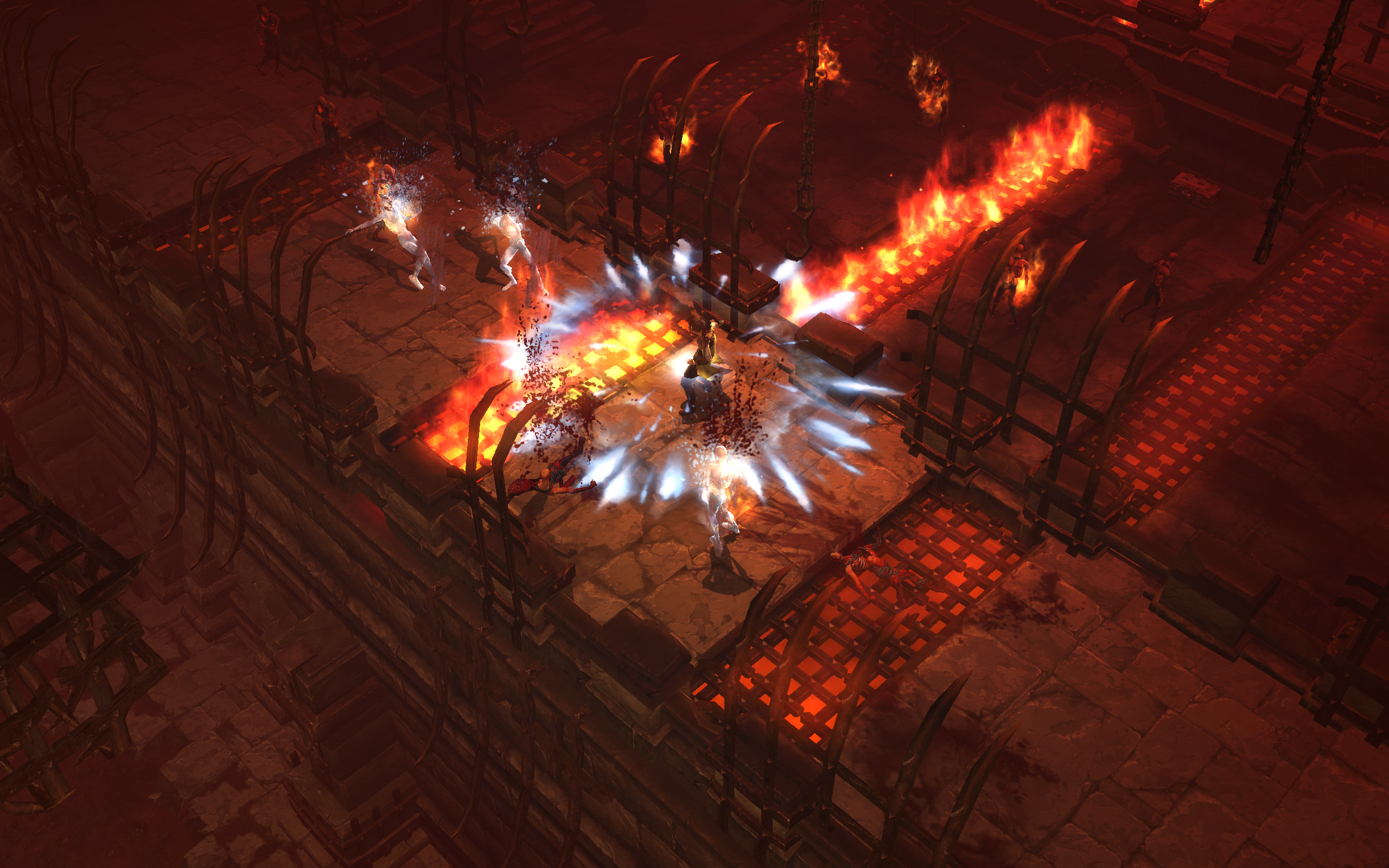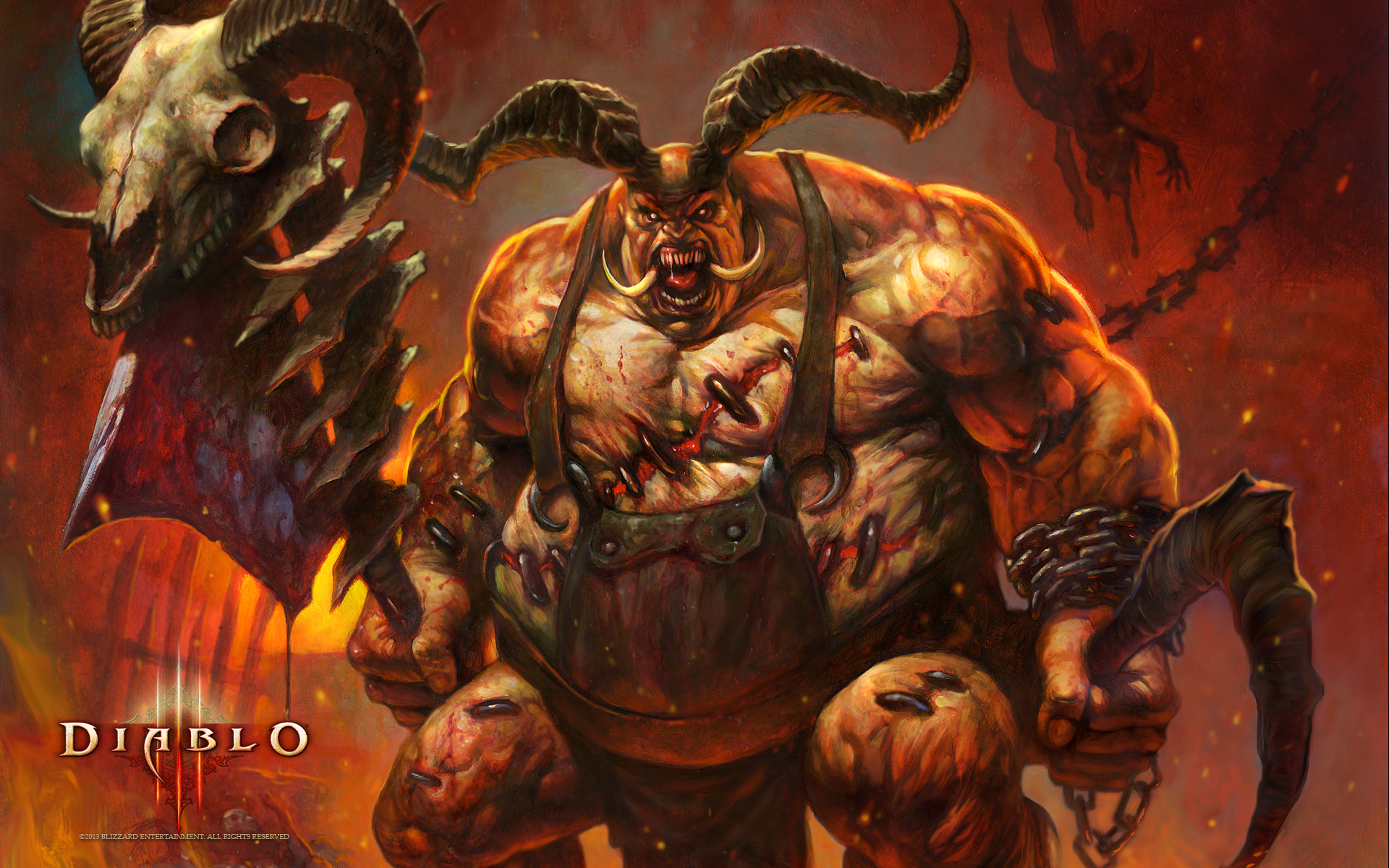
The villages also reflect a local fishing industry, with docks and slipways. Buildings along the coast of Scosglen have deep foundations to counter the wind, and are made of local materials like stone, salvaged wood and thatched roofs. There's also talk in the post about how they're making the world a believable place, by using realistic architectural styles and by considering the lives the people who supposedly live in this low fantasy world. I think I used to go on holidays in Scosglen as a child. There are several short video clips in the post, showing the player running combat-free through various environments. You can decide for yourself how successful it is. It is a balancing act that results in a handcrafted look with a distinct visual style that expands on the lineage of Diablo. Additionally, we play to the iconic Diablo game camera, choosing where to add or remove detail to help the readability of the gameplay space or accentuate visual interest as needed. The "return to darkness" pillar is a through-line in everything from dungeons to lighting and embodies the idea that Sanctuary is a dangerous and dark medieval gothic world.

Several artists take the reins in the blog post, talking about their area of focus in turn, but it's art director Chris Ryder who first explains "return to darkness" as one of the pillars of their art style.


It focuses on the new game's art, and the phrase "return to darkness" is used repeatedly. The criticism seemed a little overblown and silly at the time, but here we are reading the latest quarterly update on the development of Diablo 4. One of the (many) talking points around the game was its art style, and the perception that Blizzard had made the art style lighter and friendlier versus the gothic greys of the previous two games.


 0 kommentar(er)
0 kommentar(er)
